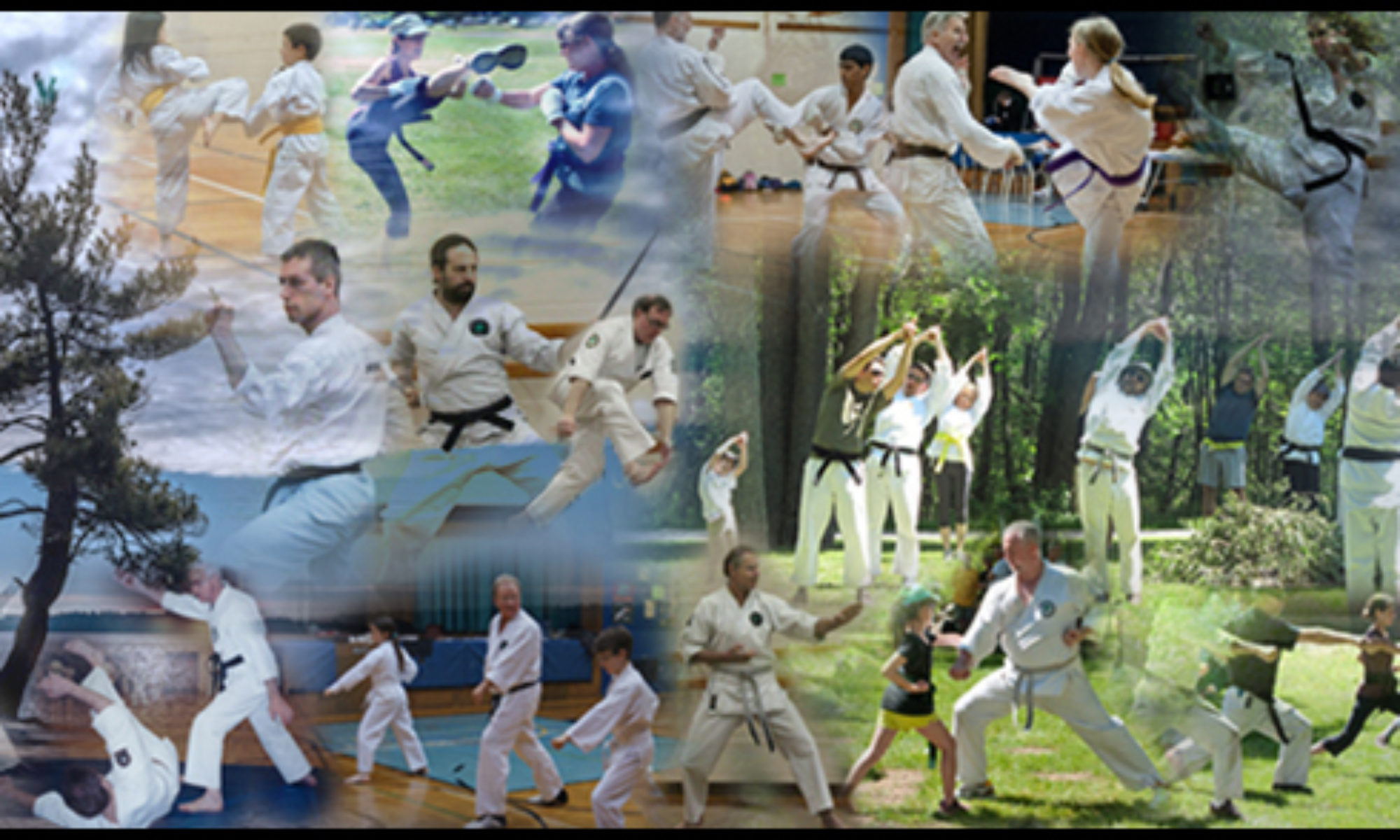Being a white belt means that you’re a beginner. You may find yourself looking around at the students who are more advanced and wish you were good enough to join them. You want to move on and progress as fast as you can – that’s perfectly normal! But what, if anything, can you do to speed up the process? One word…
Practice!
Being a white belt means that it’s your time to learn the basics. Which also means creating good habits. This is the time to do that, because if you get sloppy now and get into bad habits, you may find yourself stuck with them for a long time to come. And bad habits will hold you back in the long run.
Stand out from the crowd:
Here’s something you may not be aware of. Most people in this world are lazy. And a very high percentage of them procrastinate. Put these two facts together, and you’ll find that not a lot of people will put the time into learning an art, whether it be to play a musical instrument or to perfect their martial arts.So, my first piece of advice is to actually practice. Don’t just intend to practice. Don’t just say you’re going to practice… Practice. Practice outside of class in a planned, systematic manner.
What do you practice?
The basics — and the more basic, the better. Actually, the more boring, the better.
Practice punching. Practice kicking. Whatever you did in class this week. Just practice.
Avoid sloppy practice:
Remember, you are creating your martial arts habits now, while you are a white belt. So, don’t just go through the motions without thinking about what you are doing. Practice for precision. Put some intensity into your practice. Make it real in your mind.
Mr. Ramsay will notice!
Another tip:
Get a mentor! Find someone more advanced than you are to take a liking to you — an interest in your progress.
(Which doesn’t mean forcing yourself on the nearest black belt.)
Get to know people in the class. Find a fit to your personality. It’s easier to like someone, if they like you first. Get a little extra coaching. Remember, this mentor has been through it before. The best way to improve is by working out with someone more advanced than you who is willing to coach you.
Last piece of advice:
Find out what’s expected of you as a white belt. What do you need to master to progress to become a yellow belt?
You can improve faster if you are working towards specific goals. If you know what it’s going to take to get your next belt, you can focus on what’s important.
Happy training!
And remember:
The only difference between a white belt and a black belt is time and practice!



